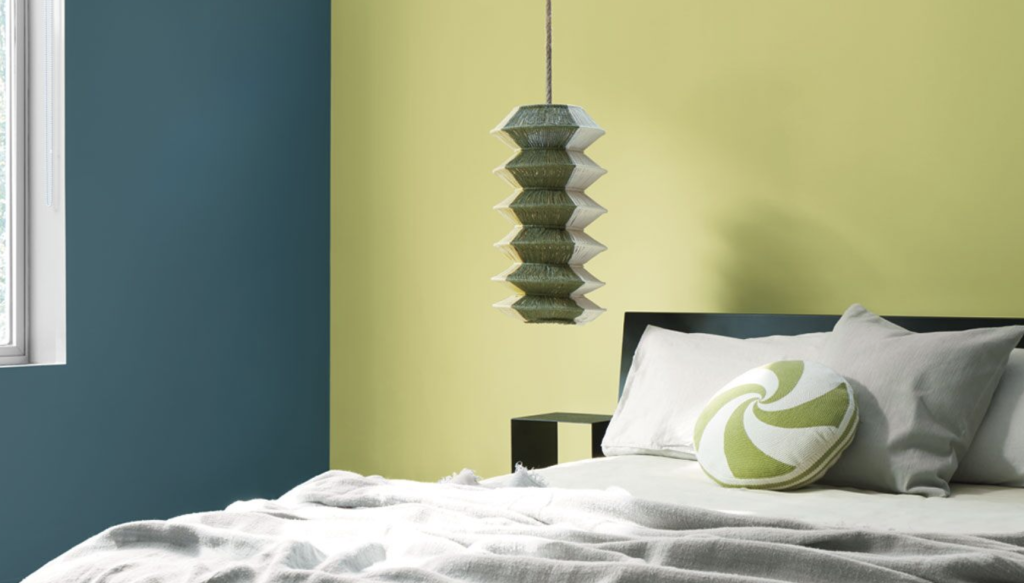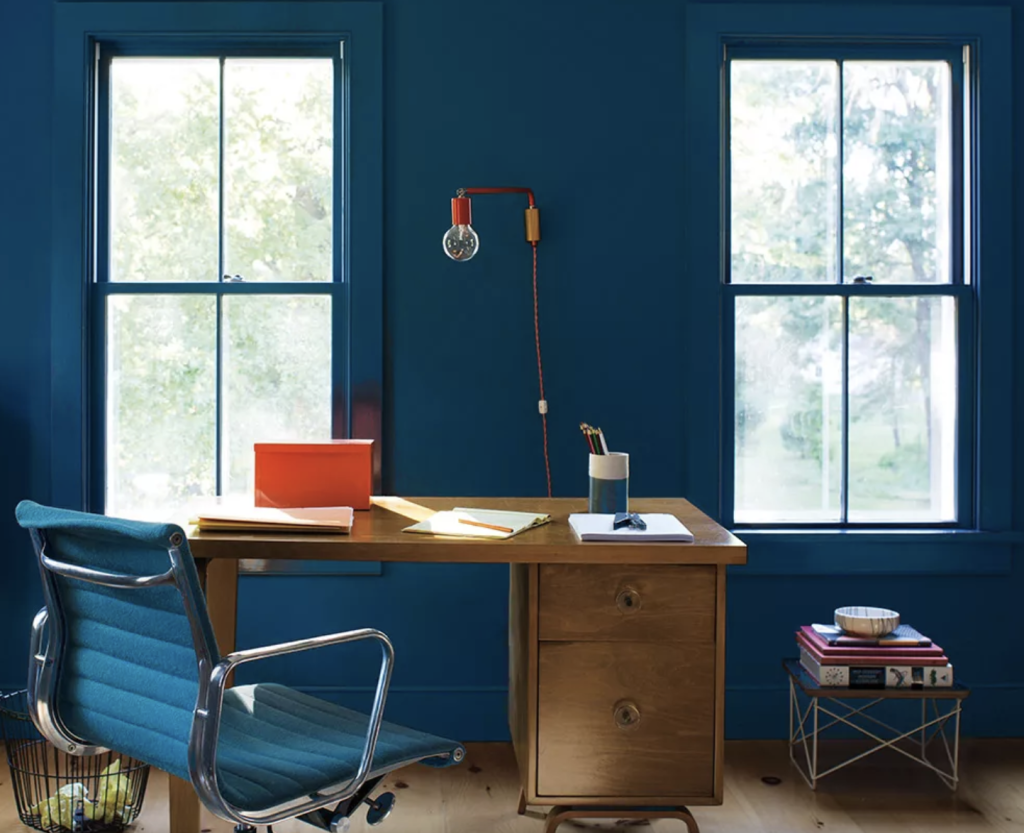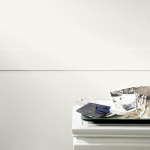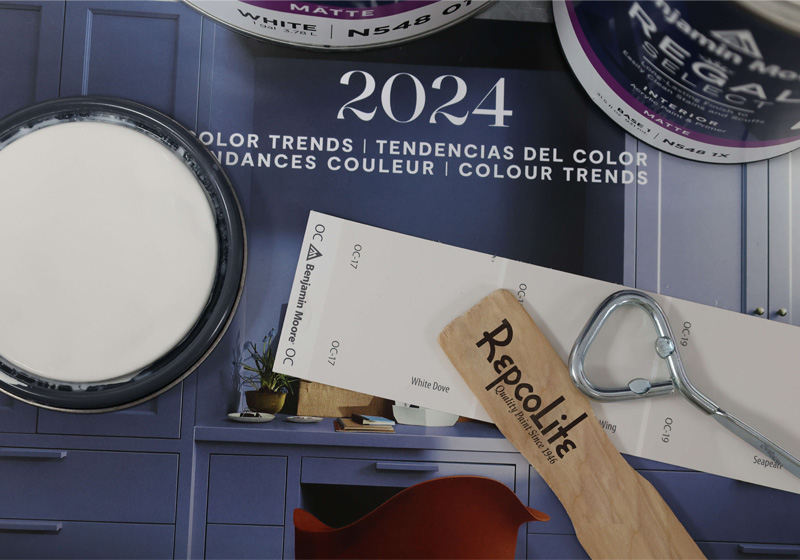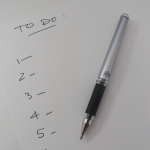If you’ve got friends or family members who just purchased their first home, I’ve got a house-warming gift recommendation that’s sheer gold. Alright. I suppose it’s possible I’m overselling this gift just a bit. Still, I think it’s a great idea and I’m absolutely sure it’s going to be appreciated.
I’m suggesting a paint starter kit. And here’s why:
Painting is one of the first projects tackled by people who purchase a home. And if that home is a first home, most likely the new buyers don’t have a ready-supply of paint tools. Providing someone with all the items necessary to move through a paint project isn’t necessarily tear-jerking. But it is practical!
Here are my recommendations for your starter kit:
THE ESSENTIALS
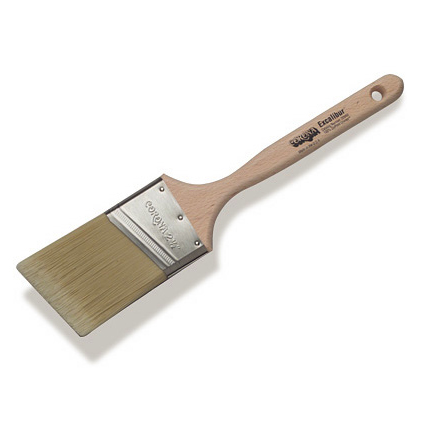
2.5" CORONA EXCALIBUR BRUSH
You need to have a good brush in your paint kit and one of my favorites is the Excalibur brush from Corona. The chinex bristles are engineered to smoothly and easily release waterbased paints. That means they apply the paint beautifully as your working, but it also means the brushes will clean up very quickly and easily. Just 30-40 seconds under running water and most of the time, the brush is clean! Yes, a Corona Excalibur Brush is a little more expensive than a cheaper brush, but it will work better and last much longer!
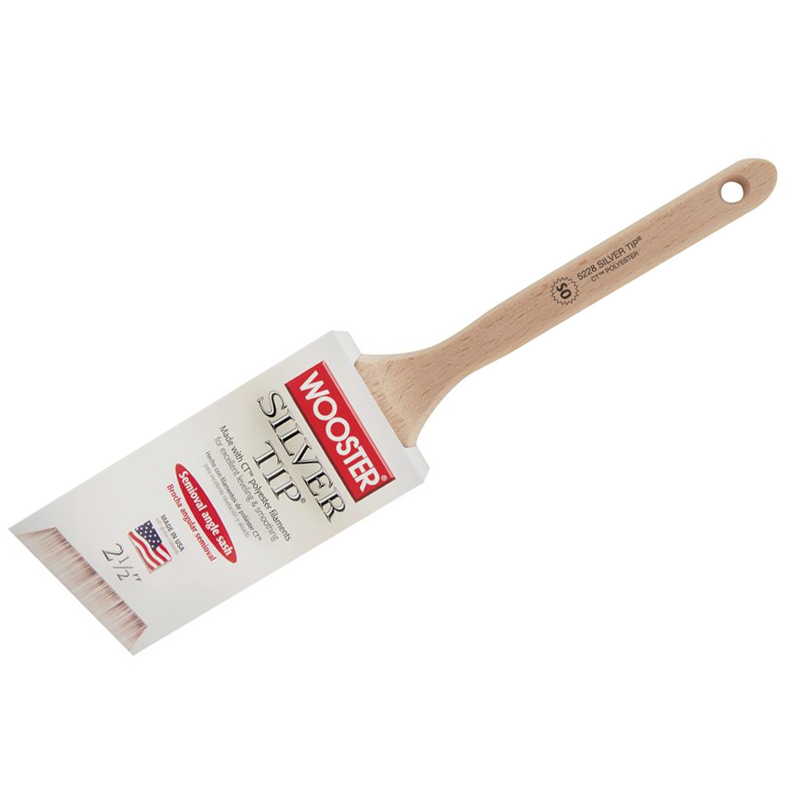
SILVER TIP BRUSHES
If you're looking to add in some inexpensive brushes to the starter kit, Wooster Silver Tips are a great option. They offer a great value and will definitely outperform other similarly priced brushes.
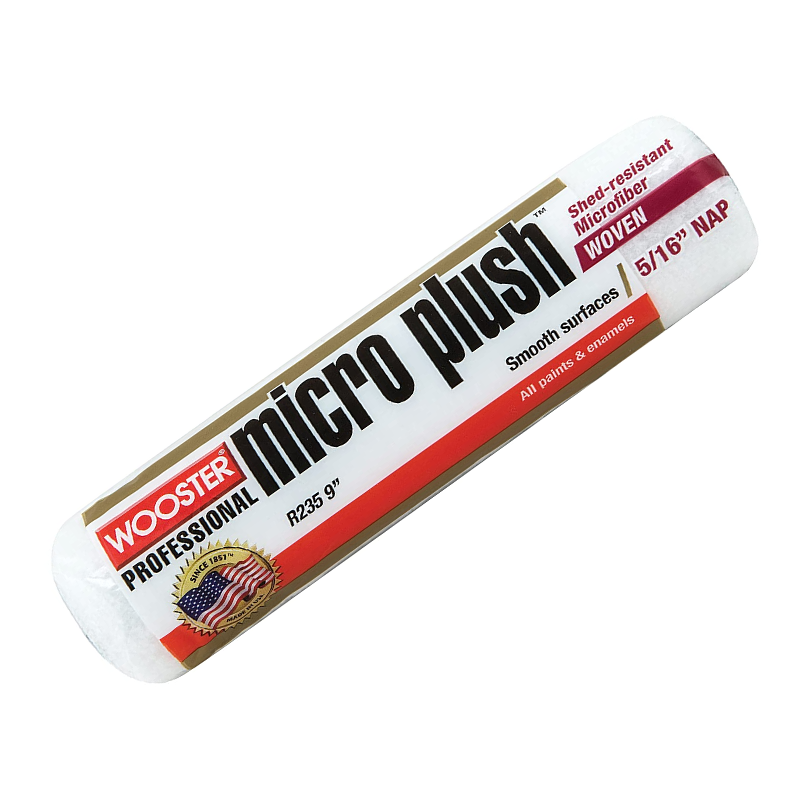
MICROPLUSH ROLLER COVER
Applicators are key when it comes to your paint tool kit. You can use the best paint in the world, but if you apply it with a cheap roller cover, you can end up with less-than-desirable results. A Microplush cover from Wooster is a top-of-the-line cover and you'll get great results everytime.
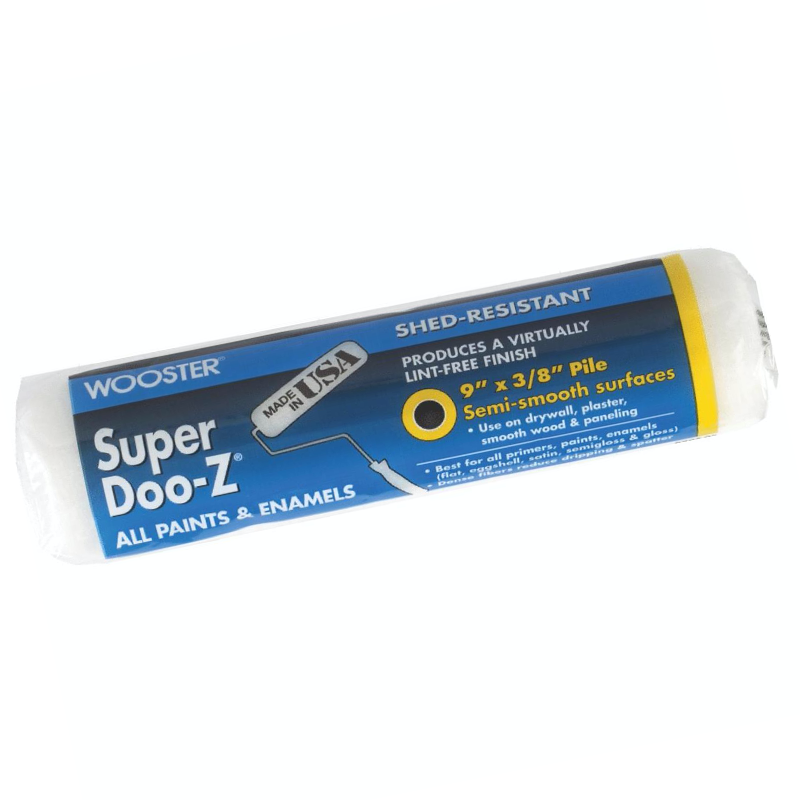
SUPER DOO-Z COVERS
There are more expensive roller covers--and they will definitely perform like premium covers, but if you're looking for a good "workhorse" roller cover, the Super-Doo-z in a 3/8" nap is perfect. Stock up on 3-6 of them or . . . if there's a lot of painting to do, grab a box of 12.
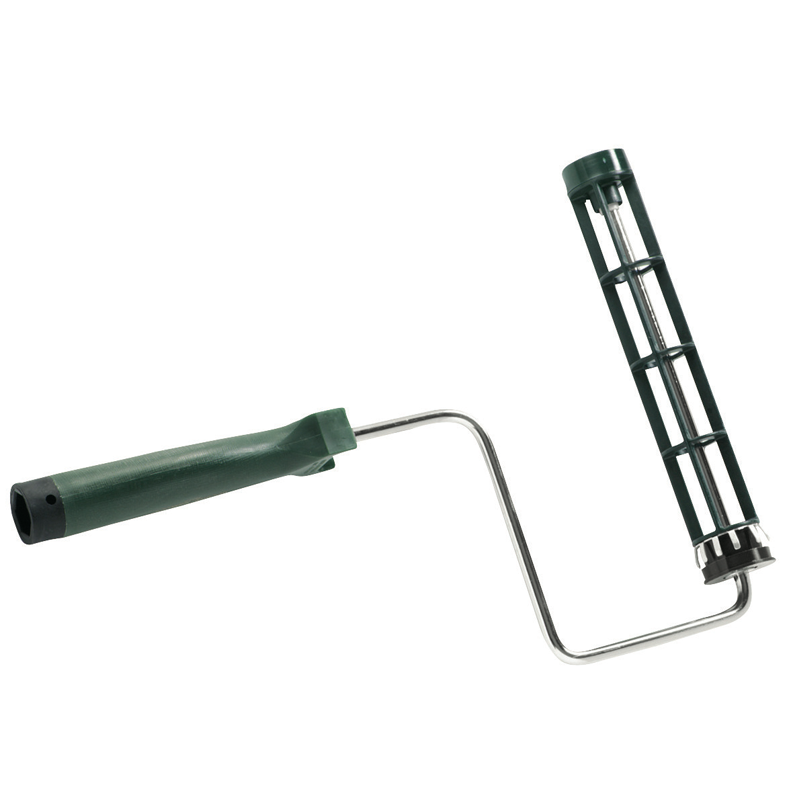
SHERLOCK ROLLER FRAME
You've got to have a roller frame in your kit and the Sherlock Frame is one of the best.
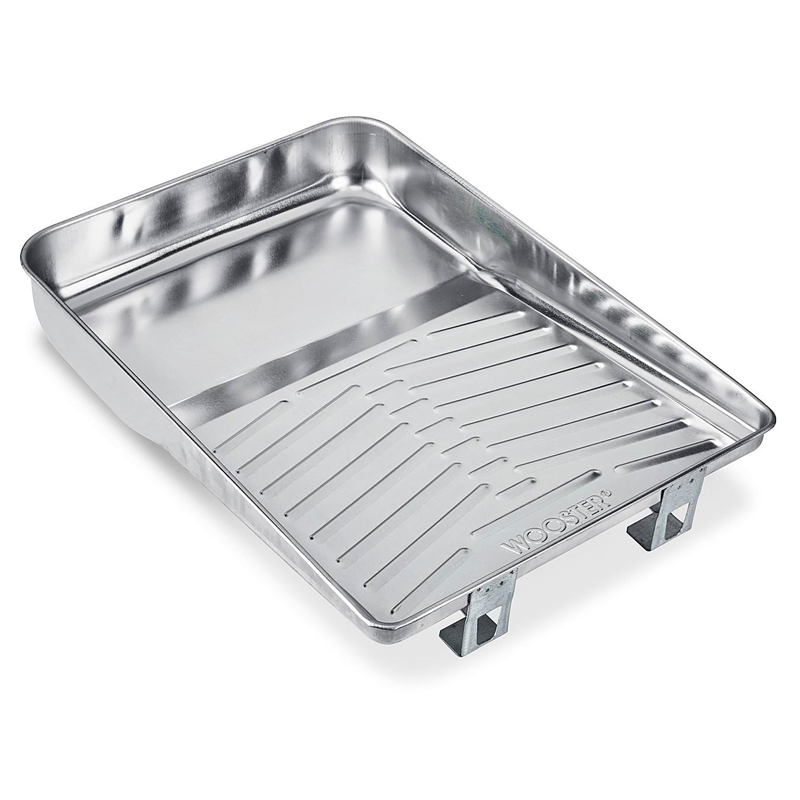
PAINT TRAY AND LINERS
You can get cheaper, plastic trays . . . but a metal paint tray and a supply of plastic tray liners will give you years of service. AND, with the tray liners, you'll find that clean-up is quick and easy.
RECOMMENDED TOOLS
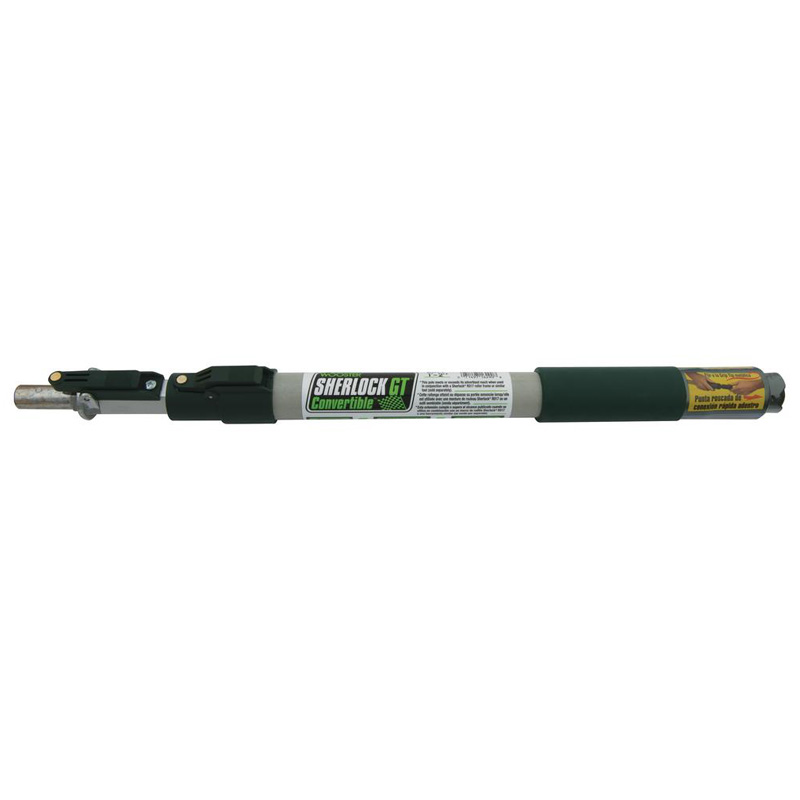
2-4' EXTENSION POLE
An extension pole is an incredibly convenient tool to have in your paint kit. Using an extension pole, even when rolling a shorter wall, reduces fatigue and produces better, more even results. Wooster's Sherlock Extension Pole has a quick-connect system that works perfectly with the Wooster Sherlock Roller frames. Press a button and remove the handle--no unthreading required!
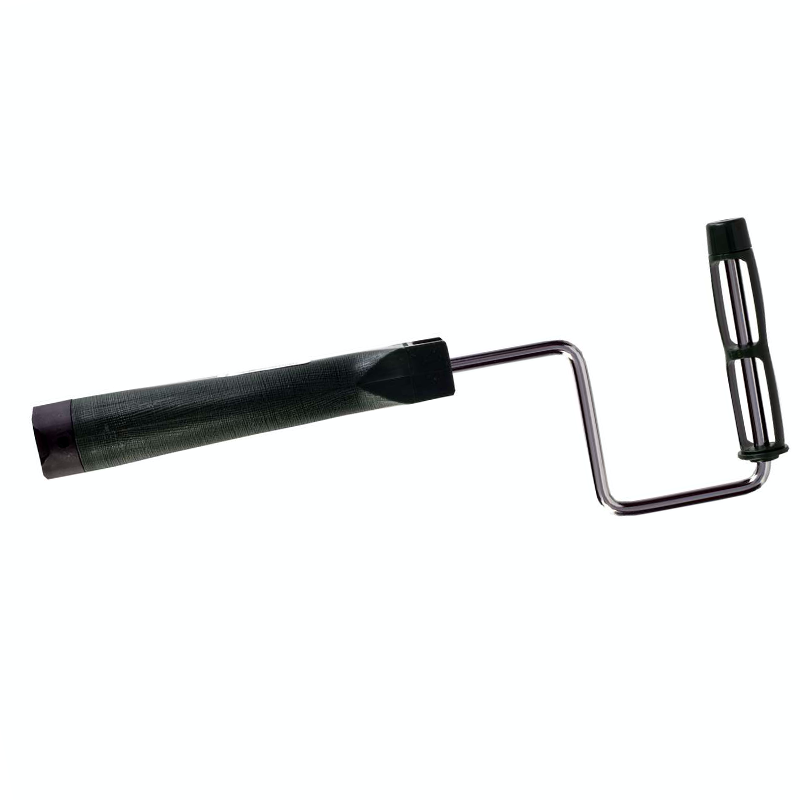
WOOSTER JUMBO KOTER and COVERS
The Wooster Jumbo Koter roller frame is a really handy item to have in your kit. Wooster's Jumbo Koter system is crazy smart in the sense that all of the 4" Jumbo Koter covers match the exact nap and fabric on their larger covers. With this system, whether you're using an 18", 9" or even one of these 4.5" Jumbo Koter covers, you can rest assured that the paint will look uniform!
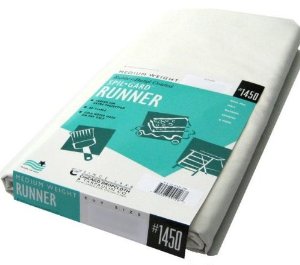
DROPCLOTH RUNNER
This really could have been an "essential". It's one of my favorite tools in my own paint kit. The runner is a 4' x 15' canvas dropcloth that prices out very reasonably for what you get. The runner is easy to move around and provides great protection when you're rolling your wall. Canvas is much easier to work with than plastic and this runner will last years and years.
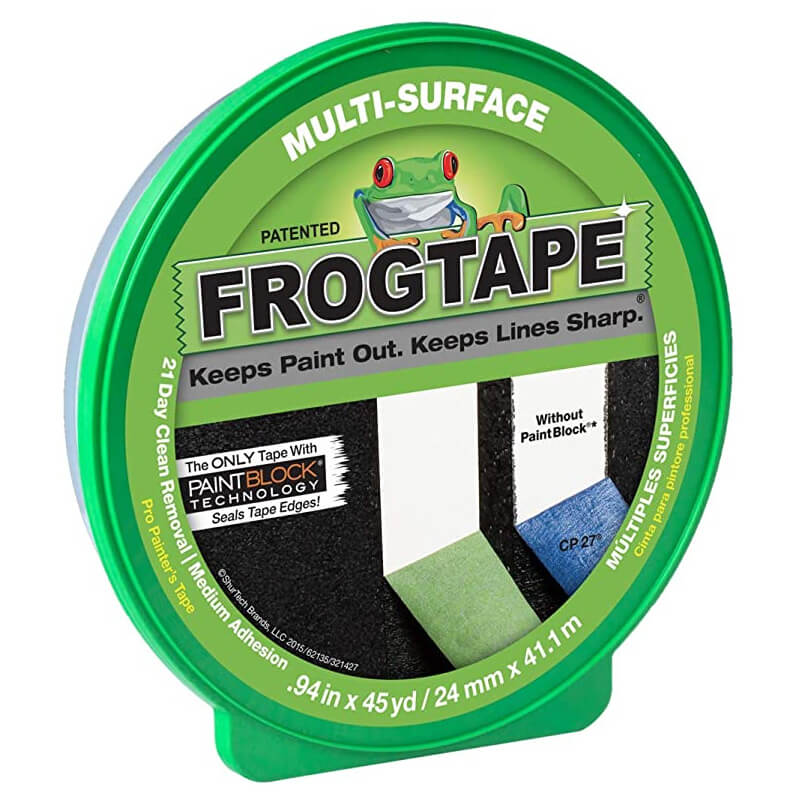
FROGTAPE
Masking tape is another item that's nice to have in your kit. And FrogTape is one of those products that is engineered to help even first-time DIYers get professional results.
EXTRAS (BUT STILL WORTH IT!)
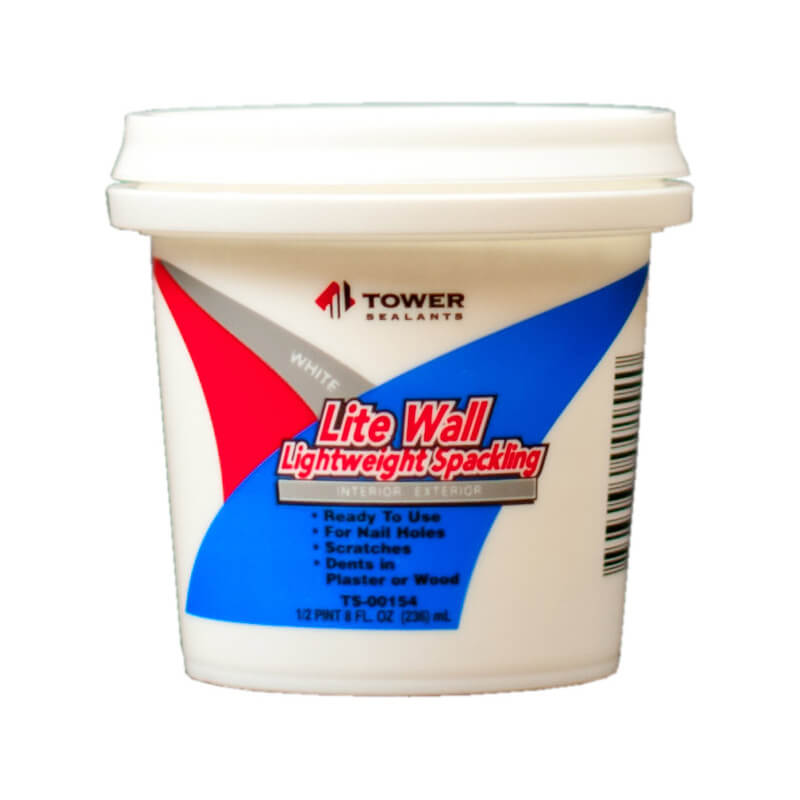
SPACKLING
Filling nail holes is one of those little prep jobs that we all have to do. Having a quick drying, easy-to-work-with spackle in your kit means you're ready go to!
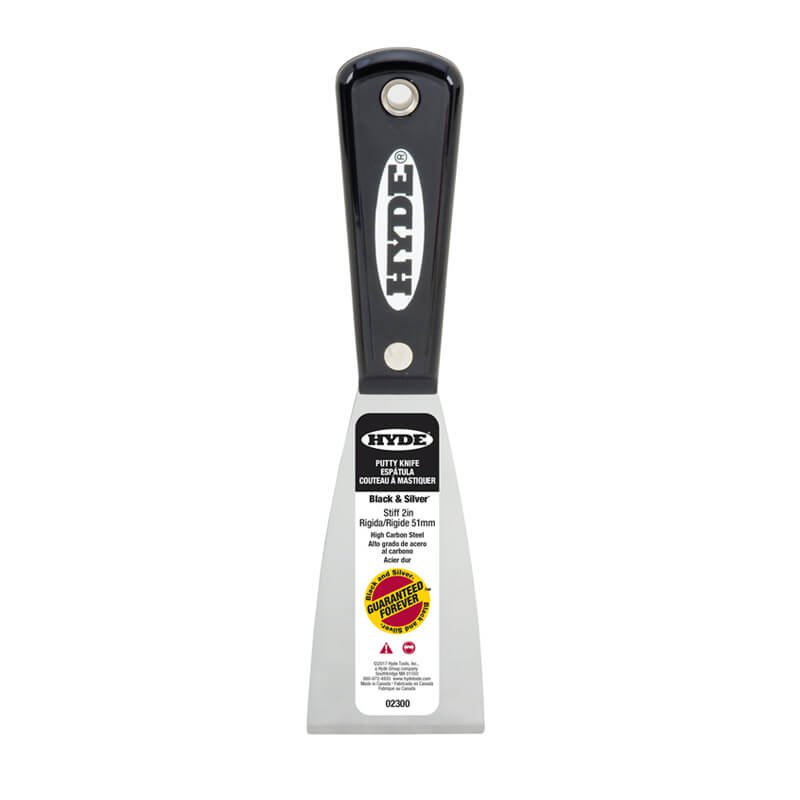
PUTTY KNIFE
A putty knife isn't a flashy item, but when it comes to paint projects, you'll find a lot of areas to use one!


